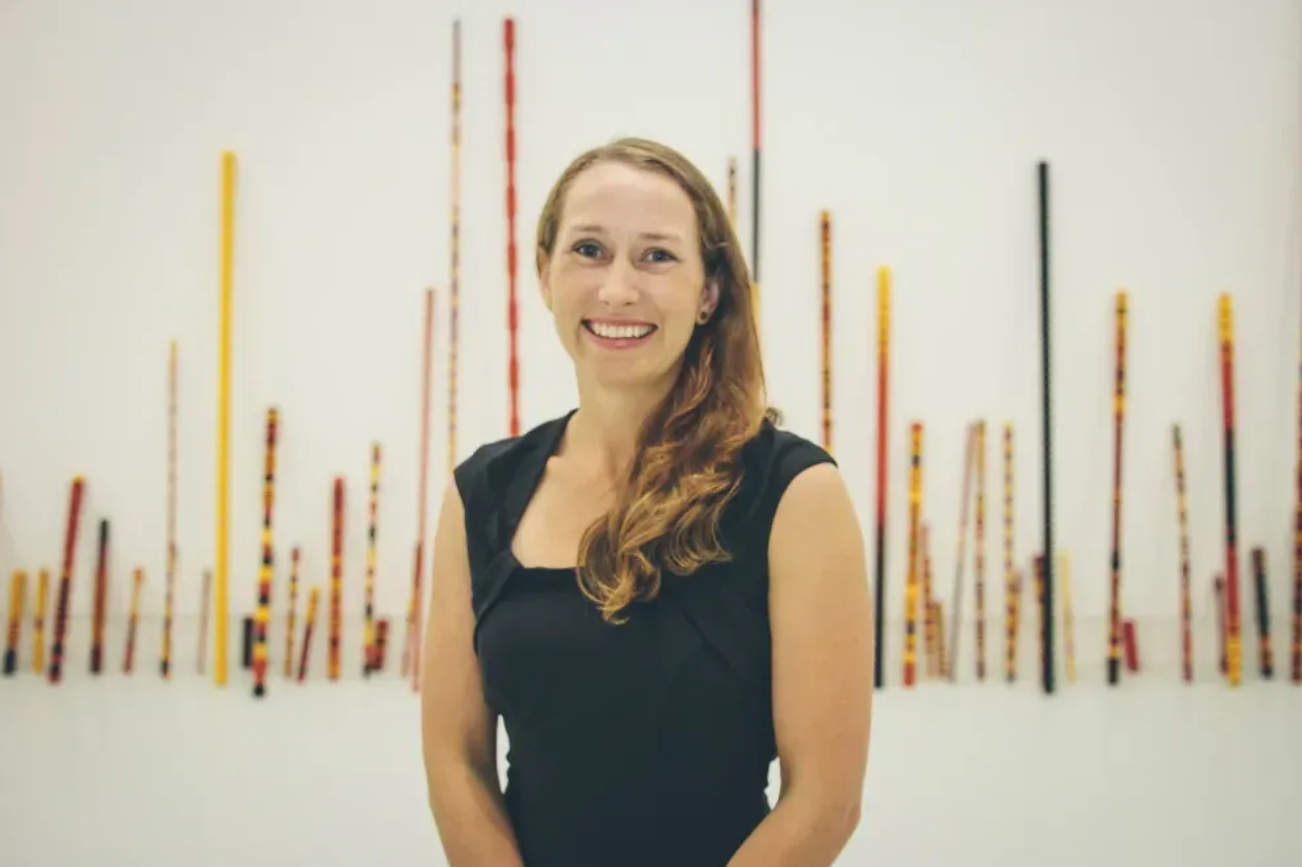Courtney Johnston - Tumu Whakarae | Chief Executive, Museum of New Zealand Te Papa Tongarewa
I grew up on a dairy farm, and working was just a natural part of childhood - half play, half contribution (my parents might dispute those proportions!). Helping with milking, calving season, shearing season - we three kids worked alongside our parents and, at crunch times like haymaking, the wider community.
I studied Art History and frantically looked for ways to break into the pretty small museum & gallery sector. My classic "foot in the door" jobs were a variety of visitor host roles at galleries and museums in Wellington: City Gallery Wellington, the Adam Art Gallery and Te Papa.
I liked how these roles gave me a sense of competence: being able to give an impromptu exhibition tour, or help an international visitor find a local church (a big Saturday shift question at Te Papa when I was a visitor host). You can also "rescue" a visitor and, with a little care and humour, turn what might be a bad or dull visiting experience into one that sings for them, just by making a connection
I also learnt that that standing on your feet and talking to people all day is demanding. And that FOH (front of house) staff bear the brunt of BOH (back of house) decisions. I think all my subsequent roles have had a focus on communications and audience experience, and these early roles have always been relevant. Today of course, it gives me insight into what a large number of my employees are doing every day and how leadership decisions ripple through an organisation.
I’ve never thought of my career path as being strategic, although when you look at it through the lens of my LinkedIn profile, it all looks very straight-forward. What that profile doesn't show of course is all the jobs I didn't get, and all the life circumstances that shaped the career decisions I made. And all the people who gave me a hand-up along the way.
Until I was in my 30s I don't think I even had the vocabulary to want to be a CEO. I actually spent years wanting terribly to be an art curator and failing to get jobs.
Foiled on the curatorial front I was offered a publicist role (my first full-time position) at City Gallery Wellington, and from there moved to a comms role at the National Library of New Zealand, around 2007. This was right at the beginning of massive digital transformation in the public centre, and the widespread adoption of social media, and I jumped enthusiastically into that for five years: user experience design, Agile project management, social media management and my first team leadership roles. From National Library I went to work at Boost New Media, a Wellington web agency, for two years: I’ve always been glad to have had that time in a busy commercial environment.
During that period, I stayed in touch with the art world. I had a nearly 10-year spell as the visual arts correspondent on RNZ's Nine to Noon programme, and at the same time was an avid art & culture blogger. That helped me foster a presence in the gallery sector even when I wasn't working in it.
I think the real key though was being invited to take on voluntary governance roles in my late 20s. This super-charged my career. I had two or three governance roles at any given time where I was getting exposed to different people, different leadership styles, different organisations: from a SME advisory group to Inland Revenue to an online indie publishing venture.
I don't think I ever consciously set a career goal of being a chief executive. But I'm an eldest child and have been self-electing myself (whether people asked for it or not) to positions of responsibility since I started primary school.
I went for my first director job – at The Dowse Art Museum in Lower Hutt – when I was 33 and working at Boost. I fully expected to get knocked back, and was astounded when I got it. A few years later, I had a run for the director role at a much larger museum and made the final three, but didn’t get the job. Needing to grow, about a year later I went for a Tier 2 role at Te Papa, and then 18 months later the CEO (Tumu Whakarae) role became available.
Coming up to six years in the role now, one of my reflections is that even in the happiest of organisations, there is ambiguity, pressured relationships, constant change, risks you can only partially mitigate. If someone was asking me for advice about becoming a CEO, I’d suggest they ask themselves how high their tolerance is for being uncomfortable. Discomfort is also exciting and generative, but I do think a CEO needs to be able to shoulder this, and find ways to maintain your energy.
Being Tumu Whakarae of Te Papa is my dream job. I literally can't think of another job I'd rather do.

